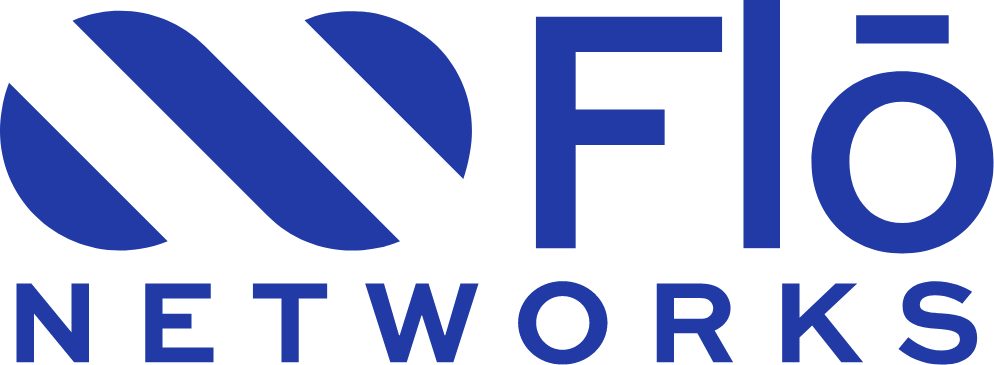As businesses continue to scale their operations through cloud infrastructure, the demand for reliable, scalable, and efficient connectivity is strategic. Cloud technologies have redefined how organizations handle data, offering unprecedented flexibility and agility. However, as cloud adoption deepens, so does the challenge of managing seamless, secure interactions across multiple environments. This is where Cloud Connect emerges as a game-changer, a solution designed to streamline connections between on-premises systems, private clouds, and public cloud platforms, providing direct, fast, and secure pathways that simplify this evolving complexity.
Let’s explore the future of Cloud Connect and how leveraging seamless connectivity is the key to unlocking greater scalability and efficiency, helping businesses remain competitive and agile in a cloud-first world.
1. Scalability Through Seamless Cloud Integration
One of the primary benefits of Cloud Connect is its ability to enhance scalability. In today’s environment, agility is key—organizations need flexibility to scale their cloud resources based on real-time demands. Whether expanding operations, onboarding new customers, or handling seasonal spikes in traffic, Cloud Connect enables your infrastructure to adjust without delays or disruptions.
For instance, Cloud Connect allows growing businesses to seamlessly extend resources to the cloud without compromising performance. This is particularly important for companies leveraging hybrid or multi-cloud strategies, as it ensures that multiple cloud environments can scale in harmony, with minimal latency and maximum efficiency.
The future of cloud infrastructure is undeniably multicloud. As businesses increasingly rely on multiple cloud providers to distribute workloads and optimize performance, the ability to scale across these environments seamlessly will be crucial. Cloud Connect’s role will become even more pivotal in enabling businesses to navigate this complexity and grow at the pace demanded by the digital economy.
2. Improving Efficiency and Performance
Network efficiency becomes a top priority as organizations move critical workloads to the cloud. Traditional connections over the public internet can lead to higher latency, packet loss, and reduced reliability, negatively impacting overall performance. These inefficiencies are especially problematic for businesses relying on real-time applications like video conferencing, data analytics, or machine learning, where delays are costly.
Cloud Connect offers a solution that provides direct, private connections to cloud providers. This bypasses the public internet, significantly reducing latency and packet loss and delivering a higher quality of service. For businesses, this translates into faster response times, improved application performance, and a better user experience.
Moreover, Cloud Connect enhances efficiency by optimizing bandwidth usage. As data flows more predictably and securely between on-premises infrastructure and cloud environments, businesses can allocate resources more effectively, avoiding the bandwidth bottlenecks common in public internet connections. By streamlining data transfer processes, Cloud Connect maximizes efficiency and ensures that critical operations run smoothly, even during peak demand periods.
3. Enabling a Seamless Multicloud Strategy
Business IT is increasingly shaped by multicloud strategies. By harnessing the strengths of multiple cloud providers—whether for performance optimization, advanced AI capabilities, or enhanced flexibility—companies can tailor their infrastructure to specific needs. Yet orchestrating data and applications across these diverse environments introduces significant logistical challenges, particularly in ensuring uninterrupted and consistent connectivity.
Cloud Connect stands out by establishing consistent, high-performance links across multiple cloud providers, allowing data to flow smoothly between platforms without sacrificing performance. This streamlined multicloud integration helps businesses sidestep vendor lock-in and leverage cloud resources with greater flexibility, aligning infrastructure with specific operational needs.
This approach also helps avoid common issues like latency, downtime, and security gaps that can arise when relying on traditional cloud interconnections. With direct, private connections between multiple cloud providers, businesses can ensure that their multicloud strategy delivers maximum value, driving both scalability and efficiency in the long run.
4. Enhancing Security and Compliance
With the growth of cloud operations, protecting data as it moves between platforms presents a challenge to security. Public internet connections are vulnerable to security threats such as data breaches, man-in-the-middle attacks, and DDoS attacks. For sectors handling sensitive information—such as healthcare and finance—upholding regulatory compliance is a non-negotiable priority.
Secure Cloud Connect enhances security by creating private, encrypted connections that bypass the public internet altogether. This means that data traveling between on-premises systems, private clouds, and public clouds is protected from interception, reducing the risk of unauthorized access or attacks.
Additionally, for businesses that need to adhere to strict regulatory standards (such as GDPR, HIPAA, or PCI DSS), Secure Cloud Connect provides an added layer of security and control. By ensuring that data remains within a private, secure environment, businesses can more easily meet compliance requirements, protecting both their reputation and their customers’ sensitive data.
5. Driving Innovation with Edge Computing and IoT
The future of Cloud Connect is also intertwined with the rise of edge computing and IoT (Internet of Things). As businesses embrace the need for real-time processing closer to the data source, edge computing has emerged as a powerful solution to reduce latency and optimize performance for IoT applications.
Cloud Connect enables businesses to leverage edge computing by creating low-latency, high-performance connections between cloud environments and edge devices. This is essential for industries such as manufacturing, healthcare, and autonomous vehicles. By connecting edge computing solutions directly to the cloud, businesses can harness the power of IoT, driving innovation and efficiency like never before.
Conclusion
The future of Cloud Connect is bright, and it holds immense potential for businesses seeking to enhance scalability, efficiency, and security in their cloud environments. As organizations increasingly adopt multicloud and hybrid cloud strategies, Cloud Connect will be the backbone that ensures seamless integration, high-performance connections, and robust security measures.
By embracing Cloud Connect, organizations can unlock greater flexibility in scaling their operations, improve the performance of critical applications, and stay ahead in an increasingly competitive and connected world. Whether it’s through enhanced efficiency, better security, or seamless multicloud integration, Cloud Connect will continue to be a driving force in the future of digital transformation.
Businesses that leverage seamless connectivity today will be best positioned to thrive in the cloud-first world of tomorrow.
Make sure to consider Flō Networks for your Cloud, Multicloud or Secure Cloud Strategy. Our extensive network and unmatched expertise are uniquely positioned to support and drive your strategy. Contact us for more information about our multi-region, high-availability direct connectivity to the cloud.

